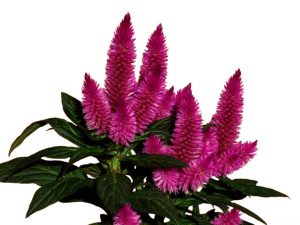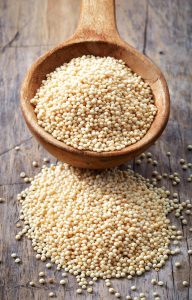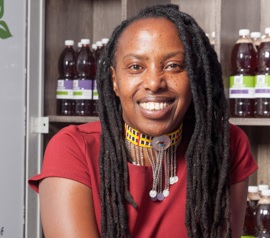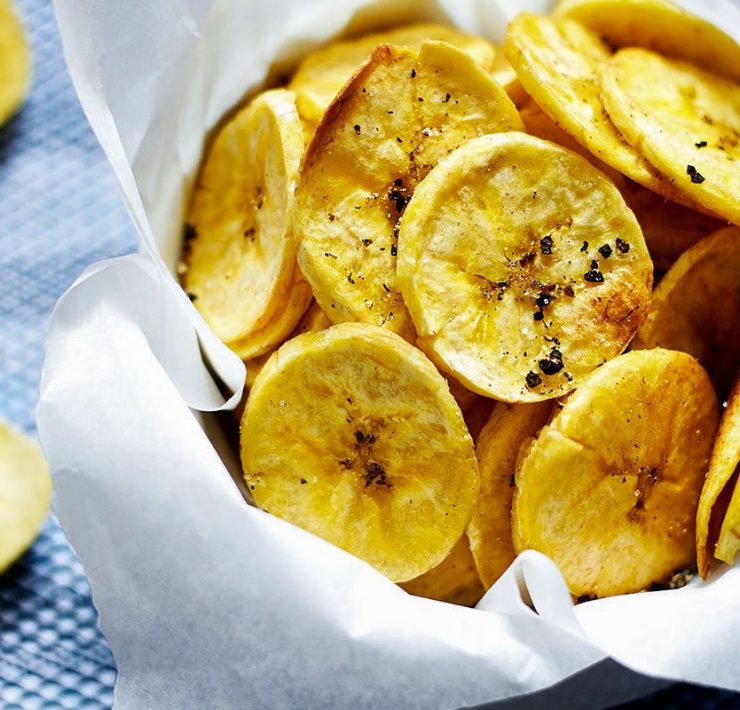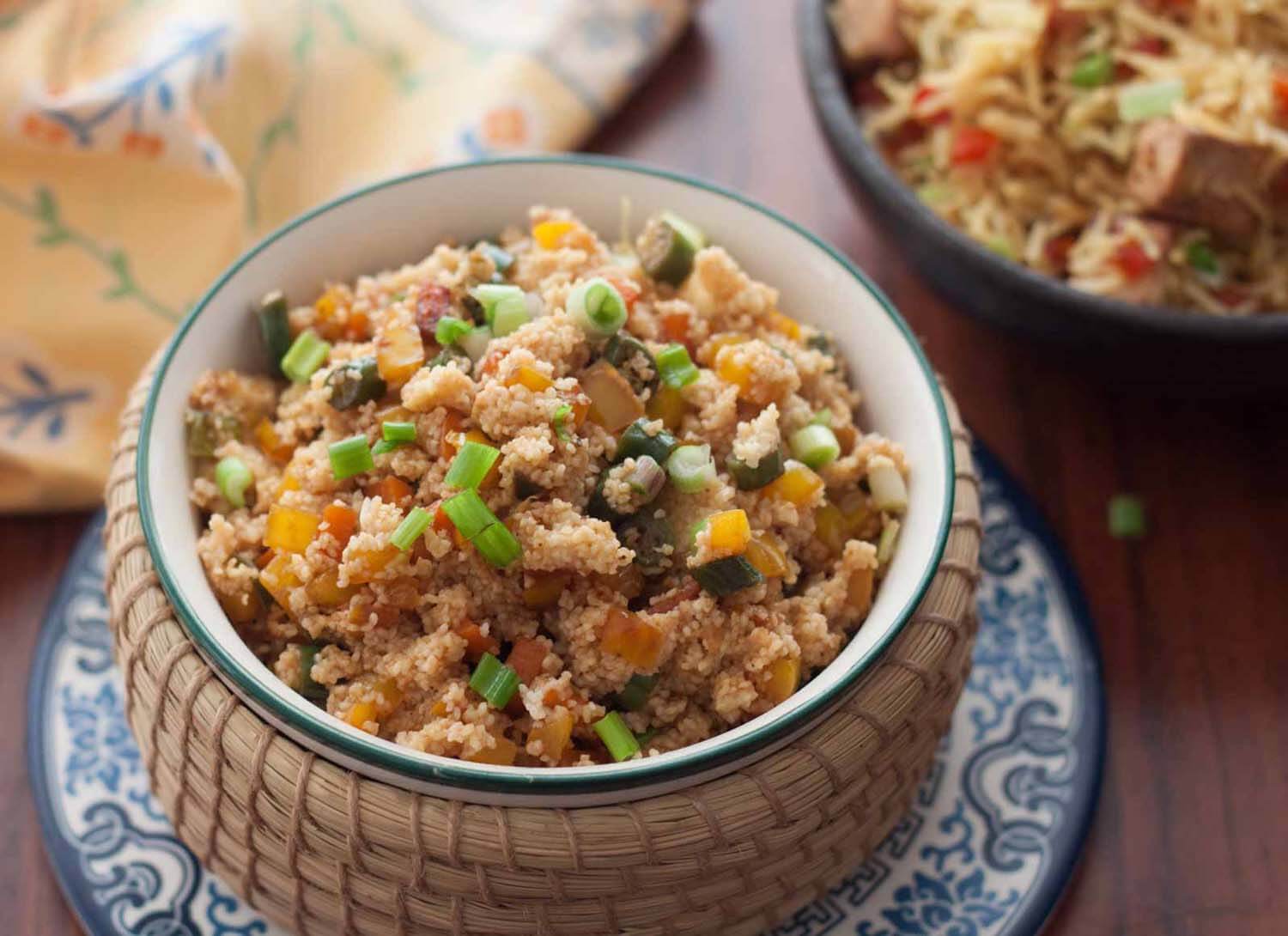
Read Next
Author: Harriet Chebet Ng’ok
Food can be so technical, but once you understand some basic principles, it gets easy to enjoy and meet your nutritional needs. What exactly is gluten? Gluten is a type of protein found primarily in wheat grains including barley and rye made from a combination of gliadin and glutenin. It gives dough it’s stretchy texture and bread sponge-like properties. Is it good for you? Gluten causes an autoimmune response in people with celiac disease, a chronic digestive disorder, that ends up damaging the small intestine which can lead to major nutritional deficiencies and a lot of discomforts. For the majority of people, gluten is neither detrimental nor essential for your health, however, there are also a small group of people who develop sensitivity to gluten and can suffer symptoms like cramps, diarrhea and bloating when they consume it. Gluten is not a toxin and despite the concerns, certain foods that some manufactures claim to be ‘gluten free’ might not mean they are more natural, healthier or lower in calories. There are many options these days in the gluten-free range that can be used as replacements, especially for wheat flour. We look at some of the gluten-free foods that are readily available in our ecosystem and can be included as part of a varied and extra nutritional food source.
Maize (corn)
 PIN IT
PIN ITWhen you think about maize, you might automatically associate it with ugali or the sweet mahindi choma garnished with lemon chili as a delectable street snack. A popular dish and staple around many countries in Africa. In other parts of the world, it is referred to as corn and enjoyed in different ways as a gluten free alternative. It can also be fermented and served at breakfast as porridge or mixed with other gluten-free grains such as millet, amaranth, sorghum etc. to make a more dense form of ugali. When eaten in its whole form, maize contains nutrients such as vitamin A, vitamin C, iron, proteins and fibre which aids in maintaining a healthy weight, regulating blood sugar, boosting immunity, and energy production. It is a good source of lutein and zeaxanthin, two carotenoids that are associated with a decreased risk of eye disease. When processed and steel-cut for mass production, a lot of the nutrients are lost and many shop-bought options will be fortified for this reason. Stone milled maize contains the germ of the kernel where all these amazing nutrients are found.
Sorghum
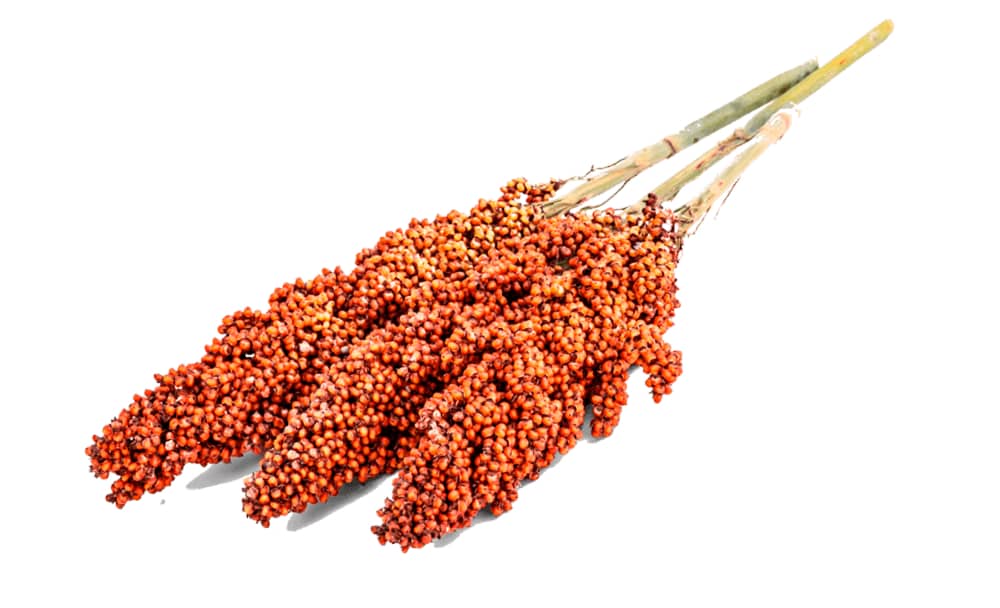 PIN IT
PIN ITThis ancient whole grain found originally in Africa is one of the most versatile crops in the world. Also known as Milo, it varies in color from white to pale yellow, to deep reds and browns. It is a high drought resistance crop and does well in semi-arid climates. Sorghum can be cooked like rice, milled into flour, and even popped like popcorn as a healthy snack. Most of the sorghum around the world is processed into sugars where it changes into a more simple compound lacking many of its original nutrients and used in the manufacture of ethanol fuels. It is rich in vitamins A and B, high in calcium, iron, and zinc, and also contains potassium, phosphorus, magnesium, copper, and manganese. These beneficial plant compounds act as antioxidants that reduce oxidative stress and lowers the risk of chronic disease as well as help slow the absorption of sugar to keep blood sugar levels steady.
Teff
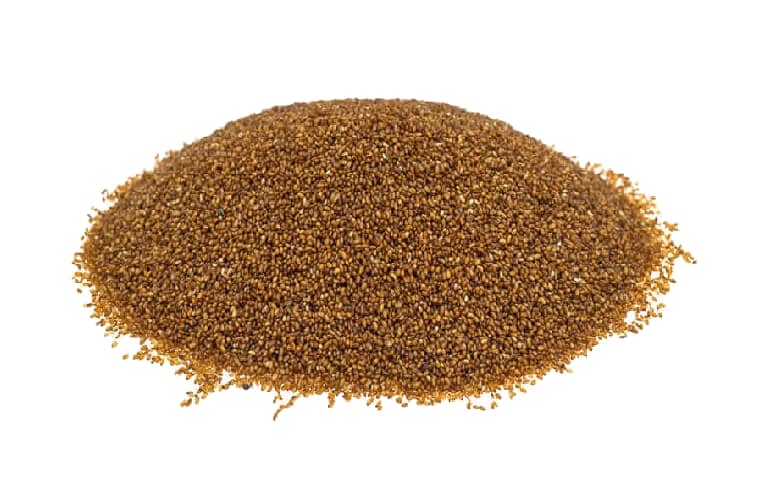 PIN IT
PIN ITHave you ever wondered what the sour fermented flatbread (injera) enjoyed as an Ethiopian staple is made out of? Did you know it is highly nutritious and gluten-free?
Mention a Shiro or tibs dish and the accompaniment will be this delicious whole grain made in large round sheets to share with companions or to enjoy on your own eaten only the best way possible, with your fingers stuck right in. Teff is a tiny grain grown primarily in Ethiopia and Eritrea that has an earthy, nutty, sweet taste. Here teff flour is fermented with yeast that lives on the surface of the grain and used to make a traditional sourdough flatbread called injera. The crop does well in arid and semi-arid regions, strong against harsh climatic conditions. It can be cooked and eaten as a whole grain or ground into flour and used to make baked goods, bread and pasta that add a great crunch to any recipe. Teff is a high source of B vitamins and essential minerals such as iron, calcium, copper, and zinc that helps boost the immune system. It is rich in crude fibre and high in proteins and a complete set of essential amino acids. It helps in lowering blood sugar better than a lot of other whole grains and is a significant source of bioactive compounds, including polyphenols rich in flavonoid derivatives. Eating fermented teff (like injera) helps the body absorb more nutrients easily.
Fonio
 PIN IT
PIN ITThis drought and pest-resistant crop takes six to eight weeks to grow and harvest the grain. Fonio is an ancient grain native to West Africa and is also known as acha, iburura, and hungry rice. It is a member of the millet family and provides added diversity when it comes to nutritionally rich foods found in two types; Digitaria iburua and Digitaria exilis.
Fonio has an earthy taste that readily absorbs the flavors of the foods it’s prepared with and can be cooked as couscous, made into a porridge, or as an alternative to oatmeal in the morning. Traditionally it is included in local beverages. It can also be milled into flour and used in baked goods as a gluten free alternative. Fonio is a great source of amino acids especially in methionine that helps in maintaining skin elasticity, hair growth, nail health, and the growth and repair of body tissues. It is rich in B vitamins, as well as minerals like calcium, iron, copper, zinc, and magnesium. As a whole grain, it aids in weight management and good gut health as well as reducing the risk of type 2 diabetes, heart disease, and colorectal, pancreatic, and stomach cancer. Fonio is easy to prepare and hosts a plethora of health benefits in addition to being a gluten-free grain.
Amaranth
This nutritional grain can be traced back as a staple of the ancient Inca and Aztec diets. It looks like a tiny version of quinoa and loaded with nutrition. Cooking amaranth as a part of your daily diet is easy, it releases lots of starch when it cooks, the result a creamy texture.
It can be made into porridge for a hearty breakfast, popped dried like popcorn, and eaten as a snack or put on salads or in soups. It is great as a thickener or milled into flour for bread, muffins, and other types of pastries. It can also be sprouted, which makes grains easier to digest and breaks down antinutrients, which can impair mineral absorption. Amaranth is normally categorized as a grain, but it’s really a seed with a sweet and nutty flavour. It is high in manganese which is important for brain function and magnesium, an essential nutrient involved in DNA synthesis and muscle contraction and many other body reactions. A high protein and high fibre meal, amaranth has many nutritional properties that help in a multitude of body functions. It contains antioxidants that help protect against harmful free radicals in the body and prevent the formation of chronic disease. It may also have anti-inflammatory effects and may aid in lowering bad cholesterol ‘LDL’ while increasing good cholesterol ‘HDL’. The high protein and fibre help in maintaining weight or as part of a weight loss program by promoting feelings of fullness. It is an excellent addition to your diet.
Millet (Chere)
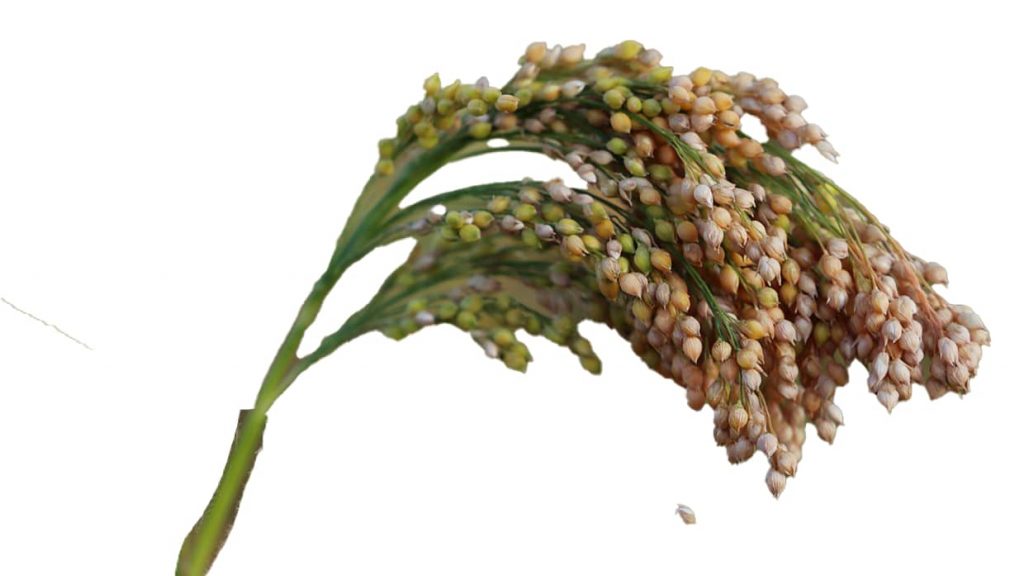 PIN IT
PIN ITAnother gluten-free ancient grain, millet grew wild in Africa for centuries before being cultivated. It grows well in cold, arid regions and can be harvested within 70 days of planting and has become a popular staple all across the world. Technically a seed, this crop is categorized as a whole grain with yellow pellets that have mild corn and nutty flavour when cooked. As a versatile ingredient, it can be used in many dishes such as a rice replacement, fermented to act as a natural probiotic or processed to make snacks, pasta, and non-dairy probiotic beverages. It is also added to maize flour to make a nutritionally dense meal as porridge and ugali. Chere – a millet couscous – is popular in Senegal and is a staple in West African cuisine. It is eaten with meats and vegetables that are typically stewed or marinated in rich herbs and spices. Millet is a starchy, protein-rich grain rich in amino acids. It provides plenty of phosphorus and magnesium and packs more calcium than any other cereal which is necessary to ensure bone health, blood vessels and muscular contractions, and proper nerve function. Rich in antioxidants such as ferulic acid and catechins, consuming millet aids in rapid wound healing, skin protection, and contains anti-inflammatory properties as well as binds to heavy metals in your bloodstream to prevent metal poisoning. The compound quercetin boosts liver and kidney function which is essential for the detoxification of the body. It may lower cholesterol and lower blood sugar levels, an ideal grain for people with diabetes. You can lower the millet’s antinutrient content significantly by soaking it overnight at room temperature, then draining and rinsing it before cooking or by sprouting it.
Cassava (Yuca)
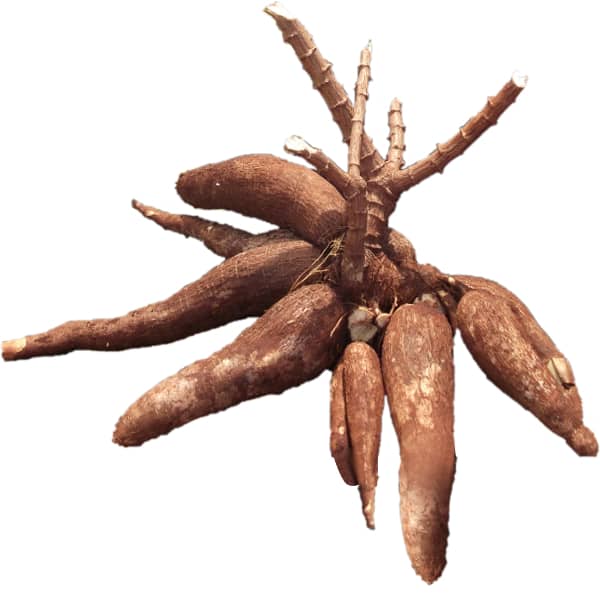 PIN IT
PIN ITThis root vegetable from the American tropics is highly consumed in the developing world. It is the underground part of the cassava shrub with a similar shape to the sweet potato. In its raw form, cassava is white and poisonous for consumption. Once cooked fully, it turns yellow and can be enjoyed in a number of versatile ways: a subtle taste that is earthy, slightly sweet, and nutty, with a touch of bitterness. These include; boiling and mashing, roasting into chunky snacks, fried as crisps, eaten in stir-fries all these alongside a protein-rich dish to promote more nutrition and rid the body of the toxic cyanide. Processing cassava into tapioca and garri for example significantly lowers its nutritional value. Boiling it has shown the most retention of these nutrients that include some amounts of iron, vitamin C, and niacin. Cassava flour is safe for consumption as it does not contain any cyanide and any prepared root should be prepared carefully and consumed in moderation as a gluten-free alternative source of carbohydrate and starch. It is used in making baked goods among other flour-based products. When consumed as part of a staple diet the antinutrients in cassava may interfere with the absorption of some vitamins and minerals and may cause digestive distress. However, under some circumstances, the tannins and saponins may actually have beneficial health effects. One of the biggest benefits of cassava is its high source of resistant starch, an excellent prebiotic that feeds the beneficial bacteria in the gut, that may help reduce inflammation and promote digestive health. It also contributes to better metabolic health and reduces the risk of obesity and type 2 diabetes in addition to its role in promoting fullness and reducing appetite for better weight management. The best way to consume this gluten-free carbohydrate is by eating it whole.
Other Gluten-Free Options
Rice, especially brown rice is high in fiber and associated with decreased risks of diabetes, weight gain, and heart disease. Oats contain beta-glucan, which may decrease blood cholesterol and help regulate blood sugar levels. Quinoa, native to South America, contains a good amount of antioxidants and essential amino acids. Buckwheat, a grain-like seed is also gluten-free and not related to the wheat grain. It is rich in antioxidants and has been associated with reductions in heart disease risk factors by lowering blood cholesterol levels. These nutritious gluten-free grains can significantly benefit your health and are popular staples in our diets. There are also gluten-free flours made from potatoes and sweet potato starch, beets and other root vegetables, legumes like lentils, green bananas and many more being developed for more variety and varied options.
About the author
Harriet is the CEO / Founder of Harriet’s Botanicals a Nairobi based startup retailing Traditional Indigenous Remedies for the Urban and Diaspora Market. The company has 20 Employees, 9 outlets including 2 in Nairobi, a diaspora client base and works with 200 Traditional Practitioners of Herbal Medicine in the counties of Bomet, Narok and Kilifi. The company has a social media following of approximately 70,000 and services 30,000 clients per year. More information can be found on Facebook, Instagram and Twitter on Harriet’s Botanicals or www.harrietsbotanicals.co.ke.
Subscribe now for updates from Msingi Afrika Magazine!
Receive notifications about new issues, products and offers.









